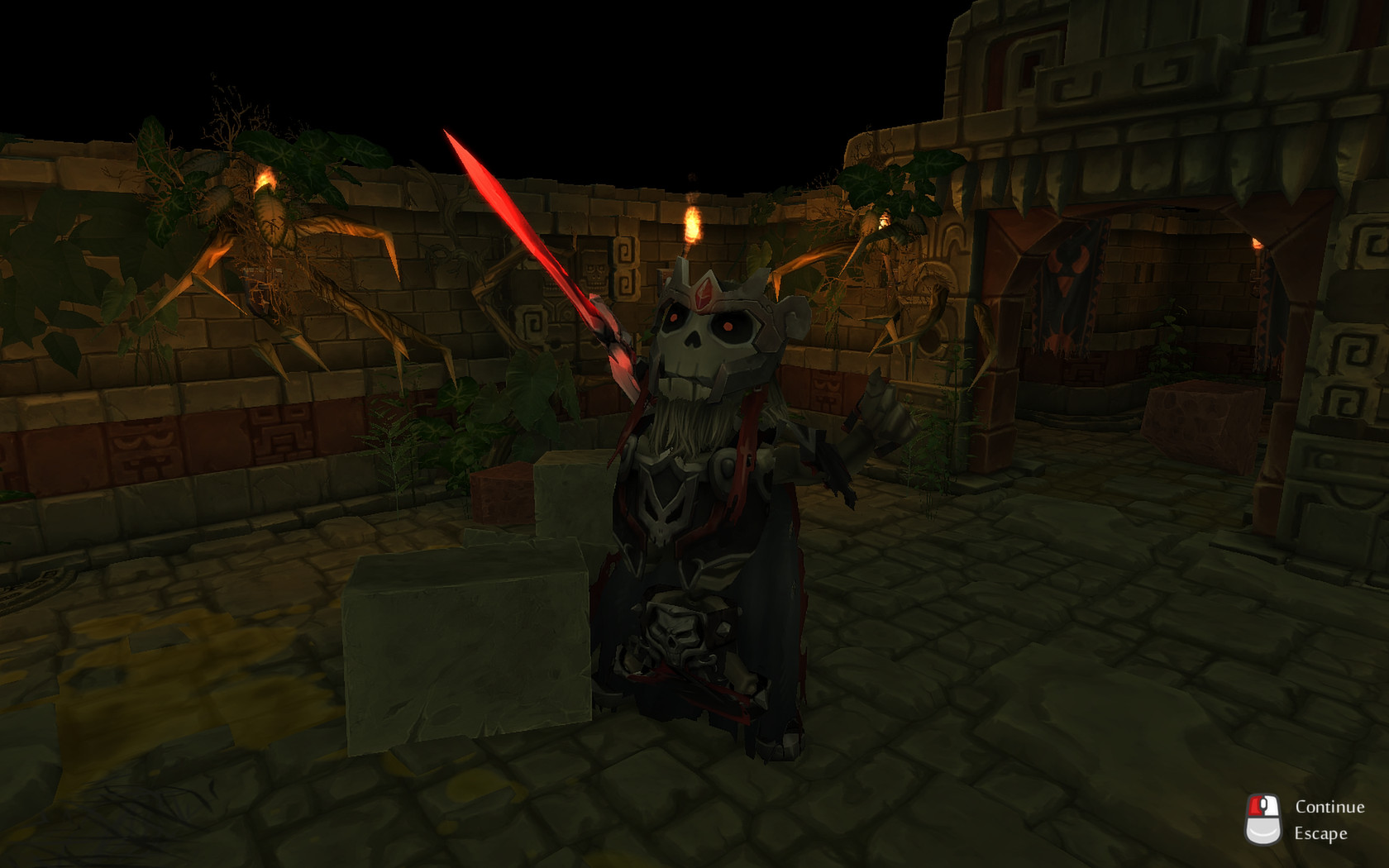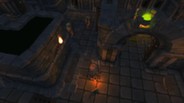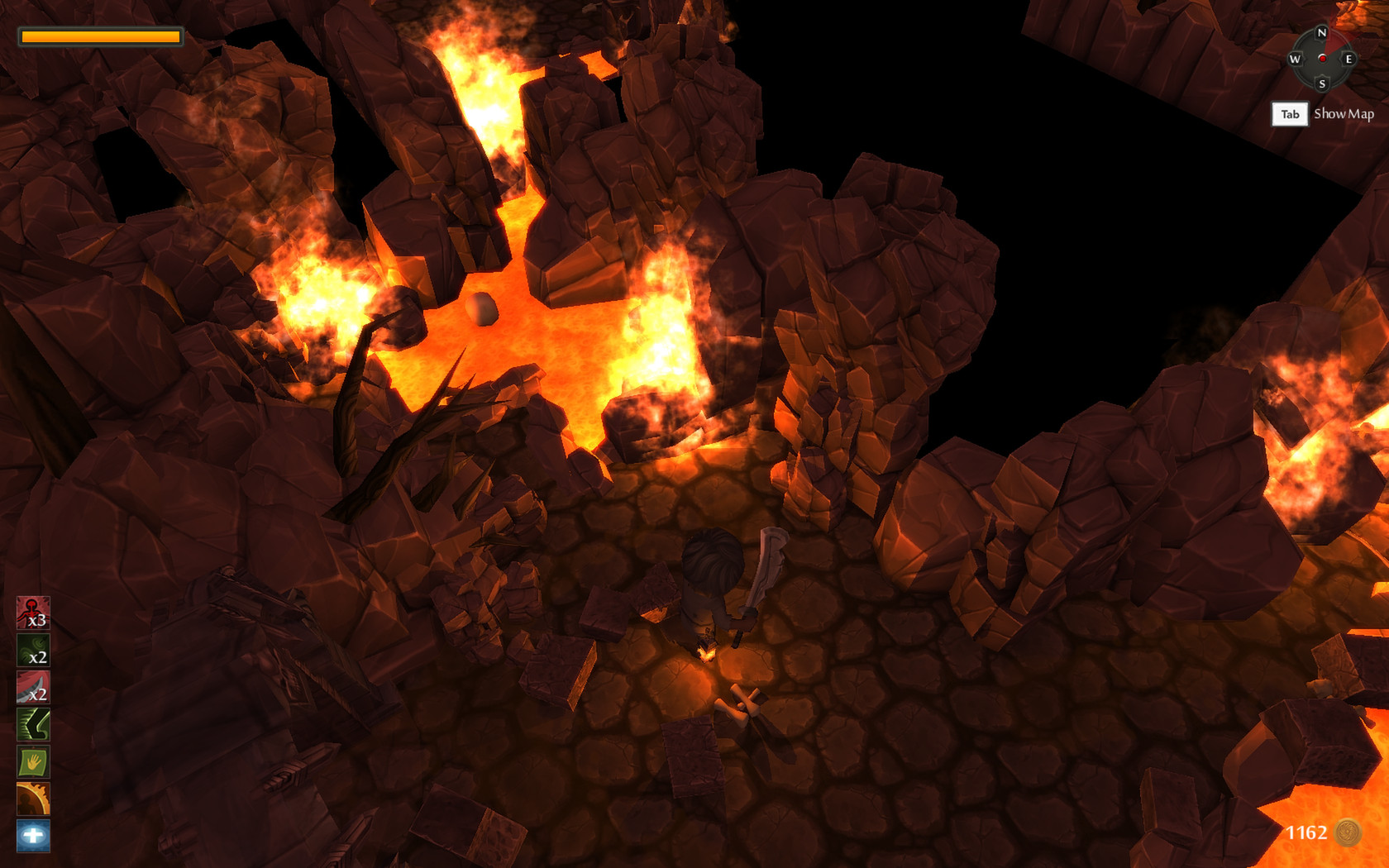

To begin we construct a graph of all of the rooms' center points using Delaunay Triangulation. For the next stage we want to link each room together. The remaining cells are still useful however. Because of the Park-Miller Normal Distribution described earlier, there will only be a small amount of rooms in comparison to the number of cells, with lots of space between. We determine which of the cells in the grid are rooms - any cell with a width and height above a certain threshold is made into a room. The result is that we end up with a square grid of differently sized cells, all perfectly packed together.ĥ.

We fill in any gaps with 1x1 sized cells. This technique ensures that the cells are not overlapping, yet in general remain as tightly packed together as possible.Ĥ. Next we use simple separation steering behaviour to separate out all of the rectangles so that none are overlapping. At this point we have 150 random cells in a small area, most are overlapping. In addition to this I ensure that the ratio between the width and length of each cell is not too large, we don't want perfectly square rooms but neither do we want really skinny ones, but somewhere in between.ģ. The reason for this will be explained later! This skews the size of the cells so that they are more likely to be of a small size (more smaller cells, less larger cells).
Tinykeep dungeon generation generator#
Instead of using uniformly distributed random numbers (the default Math.random generator in most languages), I'm using Park-Miller Normal Distribution. Again the radius doesn't matter too much, but it should probably be proportionate to the number of cells. For each "cell" I spawn a Rectangle of random width and length within some radius. This is an arbitrary amount really, but the higher the number the larger the dungeon and in general more complexity.Ģ. First I set the number of cells I want to generate, say 150. Read: Mechanic Miner, Towards generating arcade game rules with VGDL Thurs: Generating mechanics-focused computer games Read: Evolutionary Game Design (Ludi), Formalizing Non-Formalism

Tues: Board game generation, computational creativity and games Read: Galactic Arms Race, Sentient Sketchbook: Computer-Aided Game Level Authoring Week 6 – Game Generation Thurs: Genetic algorithms for generating game content Tues: Overview of genetic algorithms, artificial life Mon: Due, Homework #3 on Generation using Grammars Read: Procedural Modeling of Cities, Capturing a rebel: modeling the Harley-Davidson brand through a motorcycle shape grammarįurther reading: Generative Modeling with Timed L-Systems (McCormack), Procedural City, Part 1 (Introduction) (also, see video) Week 5 – Genetic Approaches Thurs: Generating cities, generating objects Read: Launchpad, Generating Missions and Spaces

Mon: Due, Homework #2 on Noise and Terrain Generation Shape grammar, split grammar, L-systems.įri: Due: Final project initial proposal Week 4 – Applications of Grammars Thurs: Overview of main families of grammar-based generative methods. Tues: Guest Lecture: Afshin Mobramaein, Texture synthesis Thurs: Guest Lecture: Johnathan Pagnutti, Recipe and Music generation.įurther reading: Making Noise (Ken Perlin talk), Hugo Elias’ Perlin Noise page, A Survey of Procedural Noise Functions (Lagae et al.)įri: Due, Homework #1 on Particle Systems Week 3 – Grammars Tues: Perlin noise and its application to texture generation and terrain generation. Overview of SFML library (game library used in homework assignments).įurther information: No Man's Sky: How I Learned to Love Procedural Art Week 2 – Noise Tues: Overview of main families of generative methods (parametric design, grammars, genetic techniques, constraint programming) and examples of their application.


 0 kommentar(er)
0 kommentar(er)
